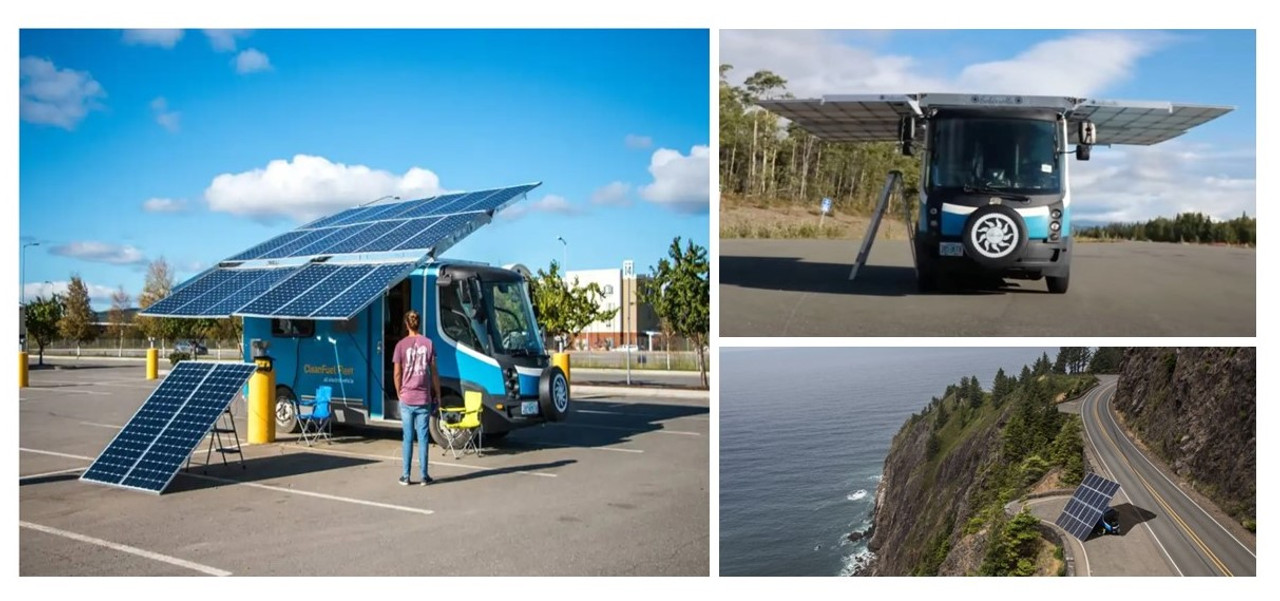Can Solar Panels Charge an Electric Car?
Can Solar Panels Charge an Electric Car?
This is one of those questions which is both “Yes” and “No” at the same time. As frustrating as that might initially seem, it’s all about understanding current technology and adjusting our own expectations.
While the batteries which power the drivetrain of a commercially available EV are able to be charged through solar power, the problem comes when we do the math. It’s all about the collection capacity of panels, and the space available on your vehicle – there just isn’t enough space on the roof to put solar panels on an electric car that would adequately charge the batteries in a reasonable amount of time. And if you want to dive-deep into the math, then check out this excellent video by Engineering Explained, or read this article from Bike Rumour.
Another reason why most EV’s won’t charge directly from car rooftop solar panels is that they require Level 2 charging devices, which are usually installed in the home and tied into the electrical grid. Level 2 offers approximately 25 miles of range for every hour of charging. The great news here is that your home has enough roof area to install adequate solar panels to both charge your EV and offset your home’s energy use. We talked to one family in Seattle, Washington who has done just that – charging their EV with their home rooftop panels for almost a year. We’ll share their story a bit later in this article.
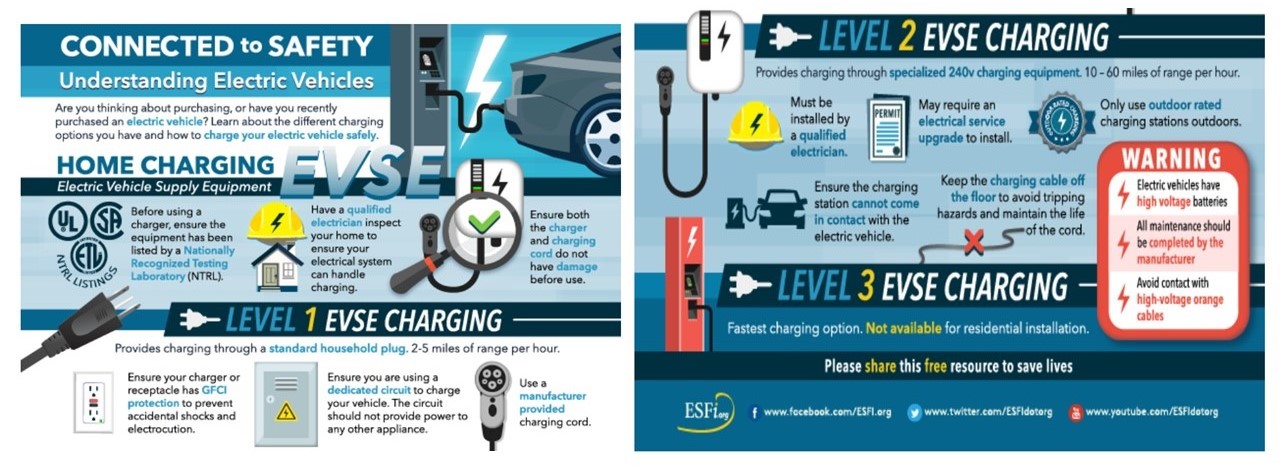
From Sci-Fi to Reality
Previously, solar powered cars were the stuff of laboratory science, see the World Solar Challenge for the most efficient cars in the world. While we’re still many years away from a practical, and commercially available, electric vehicle that can carry groceries while running directly off of the vehicle’s rooftop solar power, a few have managed to achieve this engineering challenge between space, size, efficiency, collection, and storage of solar power.
- In 2021, a team of Dutch Engineering students completed an 1,800 mile trip using a self-contained solar powered RV that they designed, constructed, and took out on the road. Talk about the ultimate college road trip!
- Route Del Sol was an ambitious road trip vehicle that was planned to go from the Arctic Circle to the southern tip of Argentina. Though the project was sidelined by high winds in Mexico, the lessons learned by the experiment will help others follow along.
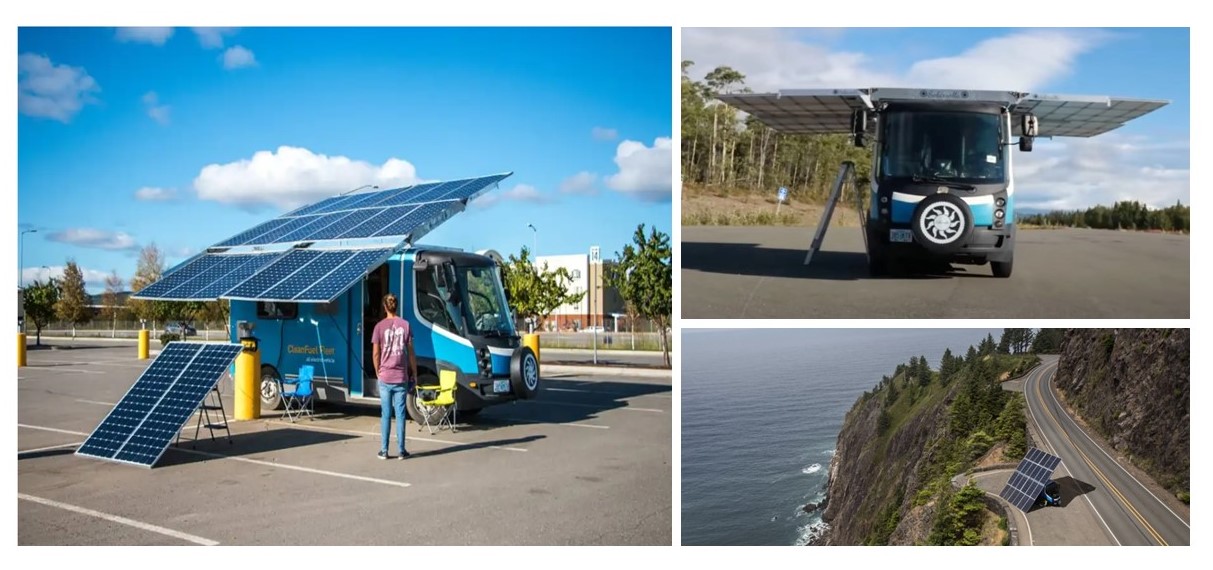
Future improvement of solar panel efficiency could change this story from experiment to practicality. Laboratory prototype solar panels are approaching 50% efficiency, which is over twice the efficiency of most commercially available solar panels. Imagine, getting twice the power from the same footprint! With the rapid increase in efficiency, we’ll continue to see newer panels replacing older ones, which leads us to the challenge of recycling spent solar panels throughout the industry.
For most people in the EV market who are concerned about charging an EV overnight at home, a home solar array can and will charge your EV appropriately. Typically, home arrays are made up of a series of higher wattage solar panels ranging from 320W - 550W per panel, and/or making creative use of bifacial solar panels on an awning, sunroom, pergola, or patio cover. Check out our recent review of Renogy’s 220 bifacial panel for more detail about these innovative panels which charge from both sides.
Interview with Carla & Mark
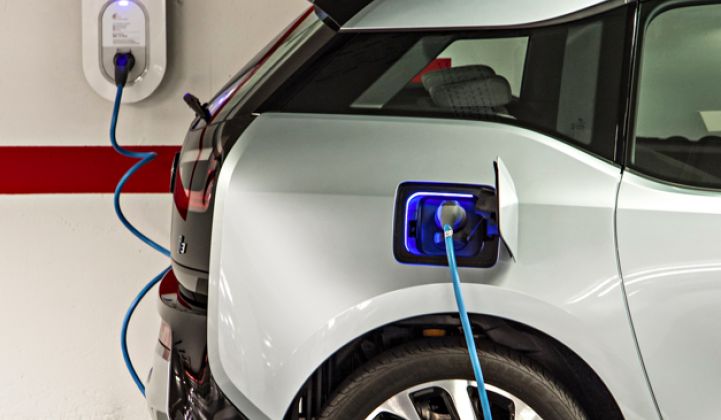
1. You've had your 8.6 kW solar array up and running for about a year now, how has it affected your overall electric bill?
During the summer our electric bill turned into a modest credit. That went away during the winter, and since we are billed only every two months, we are waiting for our next bill, anticipating a great reduction.
2. Have you been able to charge your EV with solar in both summer and winter?
If the sun is out and we are generating electricity, the house will pull from that and the excess goes to the electrical grid. During the summer we generate a lot more than we use. Also, we almost never charge the car when the sun is out. If it needs to be charged after the last drive of the day, we plug it in and charge it overnight. Because we send so much electricity into the grid during the day, even though we are pulling from the grid to charge the car, we are still a net export for the 24 hour cycle. Our routine doesn't change summer or winter, just the electricity bill because we don't generate much electricity in the winter here in Seattle.
3. Do you charge your EV anywhere else? Have you gone on any road trips with it?
We don't charge the car anywhere but at home. Until last month we had a LEAF with a 40kW battery which gave us somewhere between 120 and 140 miles depending on the outside temperature. This was exclusively an around town car. We have upgraded to a new LEAF with a 60kW battery which gets us between 200 and 220 miles, depending on ambient temperature. This gives us more options, but we haven't had the car long enough to do anything but around town trips.
4. What are your overall thoughts about your system?
We've been really happy with it. Since the install, there's been nothing we needed to do. We can track its performance, so we can definitely see the power we are generating when the sun is out, but it's not like there's any button to push or maintenance to be done. The electricity bills are automatically calculated, so it's fun to see the impact with the reduced bills during the summer.
5. Which federal and state solar incentives & tax rebates did you take advantage of?
We got a tax credit for 26% of the cost of the system*. That certainly changed our taxes for 2022 to our benefit!
*The federal tax rebate has been renewed at 30% for systems installed from 2023 to 2033. Learn more about federal and state tax credits here.
How many solar panels does it take to charge a car?
This is one of those “it depends" questions, because the size of your solar panel array will depend upon where you are in the world, how many days of sunshine you can expect, how much energy you plan to use, and the size of the batteries in your vehicle. You simply need to do the math!
Even in not-so-sunny Seattle, Carla & Mark’s 8.6kW solar array offers enough energy to run the house in the summertime as well as pump enough energy into the grid to allow them to charge their EV overnight – and they still get a modest credit from May to October. During the winter, they draw more energy from the grid than they can produce, but the annual total is approaching zero. We’ll check back next year to see if this trend continues. Regardless, this is far less than what they would have paid in their electricity bill had they just added the EV to their traditional home power provided by the grid.
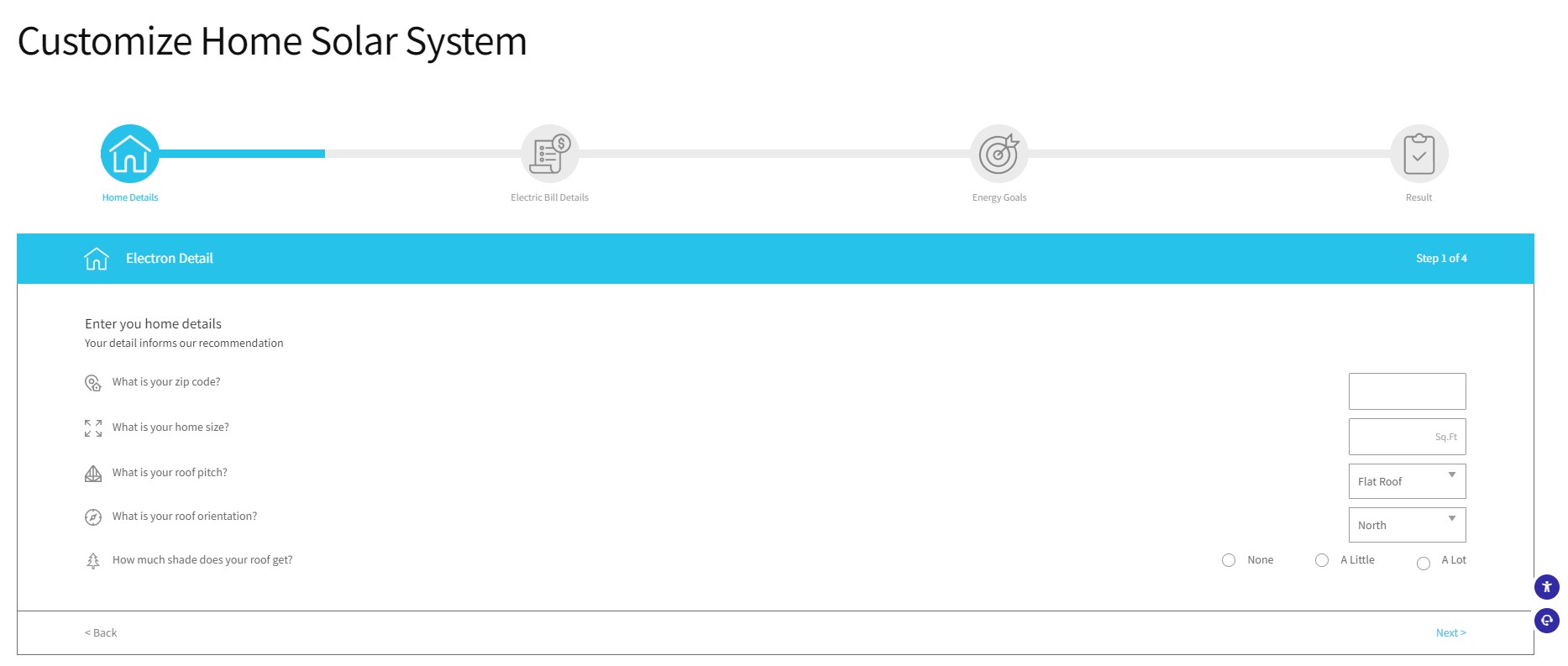
Can you charge an electric car with a generator?
If you have a backup house generator in place to kick on when the electrical grid goes down, then you likely have enough power to run the Level 2 charging requirements of an electric car. Be sure to check that your back-up generator can provide the correct energy requirements for the charging station.
Is the future of EV solar charging just around the corner?
Okay, so currently it is not possible to run a commercially available electric car on vehicle rooftop solar panels, but we are optimistic that the future might have some solutions to make this dream a reality. However, we’ve also shown that the investment of solar panels on your home roof can not only charge up your EV, it also helps offset your electric bill. How soon your investment pays for itself depends on many factors, but the sooner you get started, the sooner you can drive emission and fossil fuel free!

In 2012, Shari Galiardi & David Hutchison left behind careers and a comfortable home in North Carolina to travel with the vintage camper trailer they lovingly restored, outfitted with solar, and named "Hamlet." What began as a short break from careers and responsibility quickly turned into a love affair with roadlife. They have parlayed their higher education backgrounds, desire for life-long learning, and thirst for adventure travel into writing, photography, video production, and public speaking gigs from coast to coast. Known to their friends as simply Shari & Hutch, you can learn more about their full-time, solar-powered adventures on their website at freedominacan.com. Or, follow them on Facebook, Instagram, and YouTube as “Freedom in a Can, LLC.”

